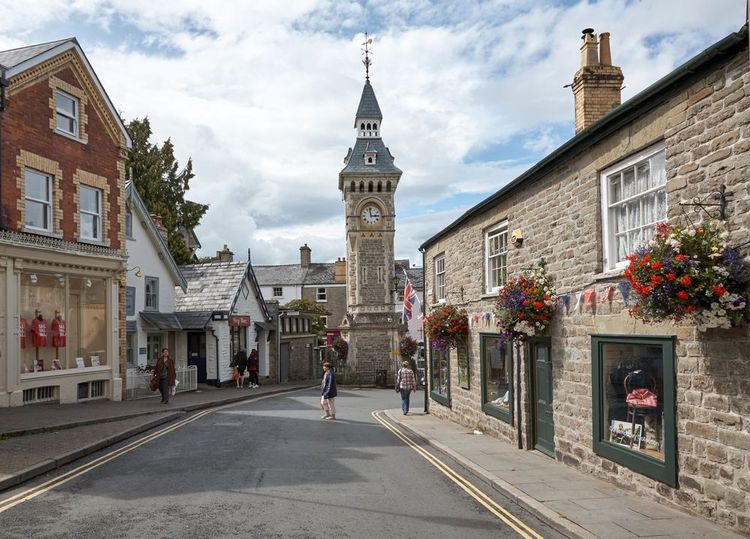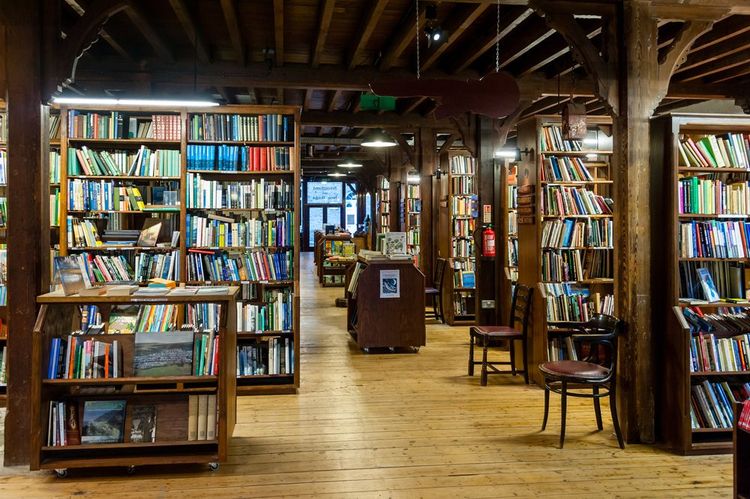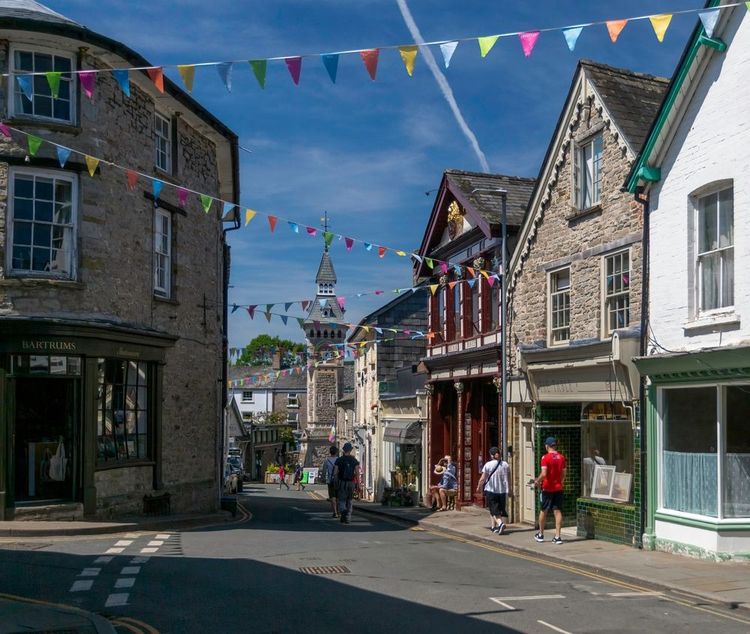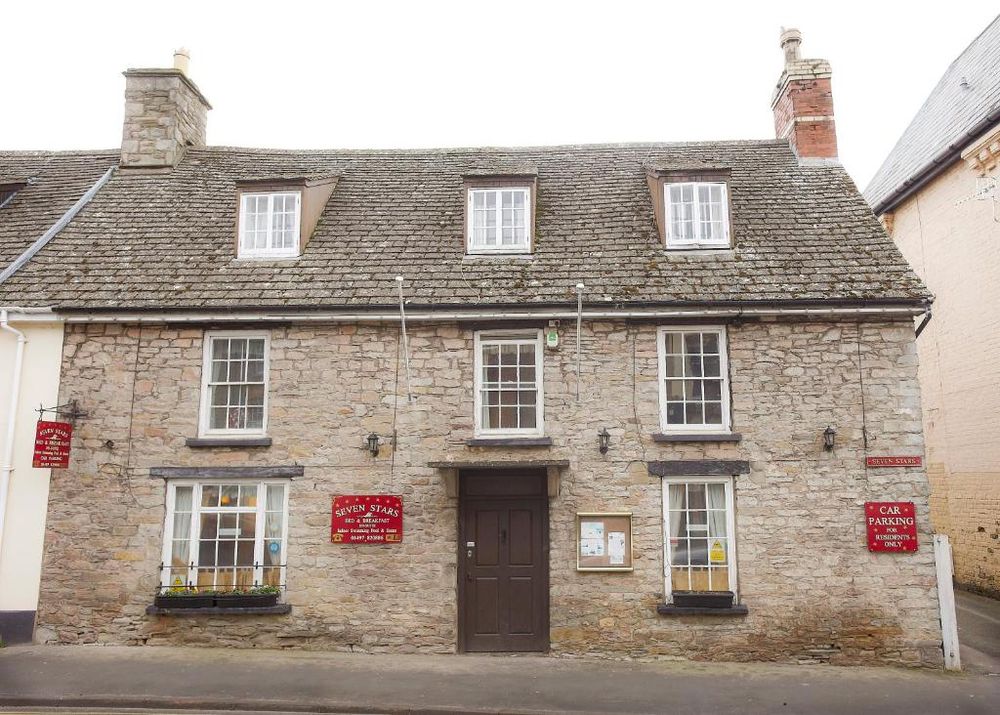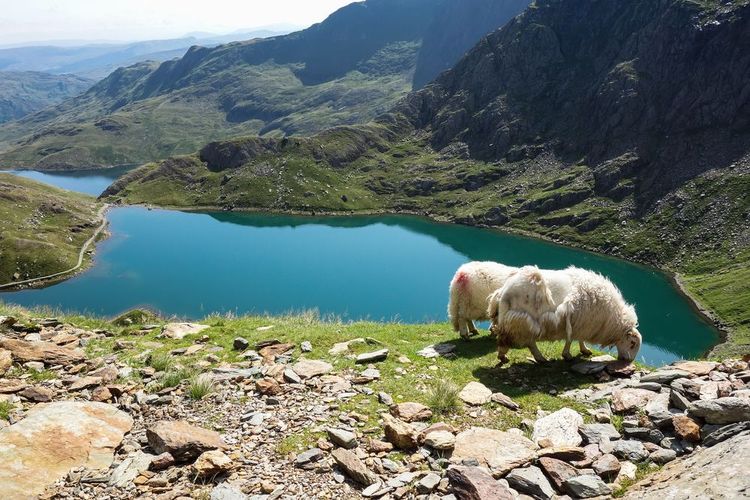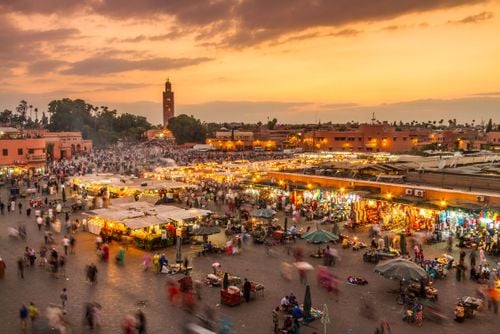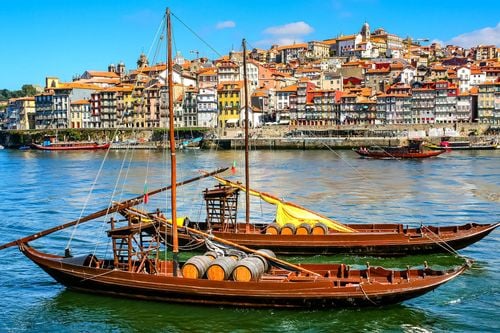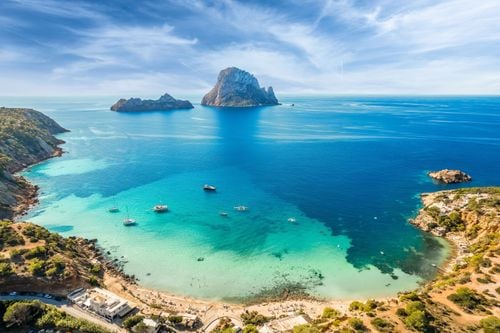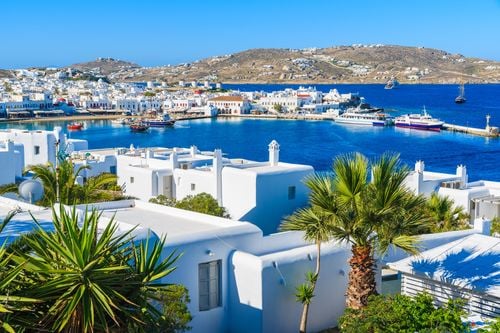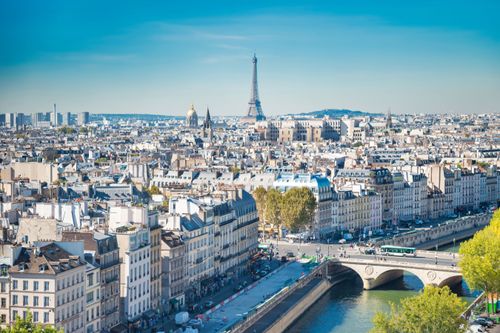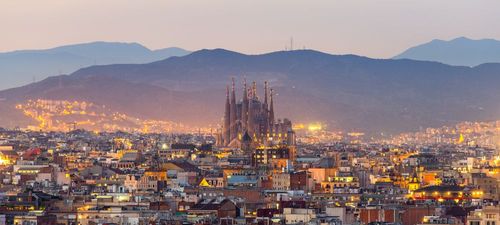Hay-on-Wye lies at the midpoint of two Norman castles built during early English conquests of south Wales in the twelfth century; an older castle once located near the current site of St. Mary’s Church and Hay Castle, constructed around 1200 by William de Braose II which saw combat in several history-making battles, including the rebellion of Owain Glyndŵr, last Prince of Wales, and the Wars of the Roses. The town, situated squarely in luscious countryside that straddles natural landmarks the River Wye and the Black Mountains, emerged as a somnolent market town around these sites and became an important stopover town for nearby Brecon, the county town home to the Brecon Cathedral, the seat of the Diocese of Swansea and Brecon, and the Brecon Castle. Hay-on-Wye only began to develop its own identity during the 1960s when Richard Booth opened a bookstore in the town’s old firestation and developed a sort of bibliophile cult in the town which, by the 1970s, had garnered an international reputation for this emergent literary culture. Booth in particular garnered a reputation as the kingpin of this operation, and on 1 April 1977 declared Hay-on-Wye an “independent kingdom” with himself as monarch, a publicity stunt that brought the town to further national attention. And, in 1988, the Hay Festival of Literature and Arts was held for the first time, swelling ever since to one of the UK’s foremost literary festivals.
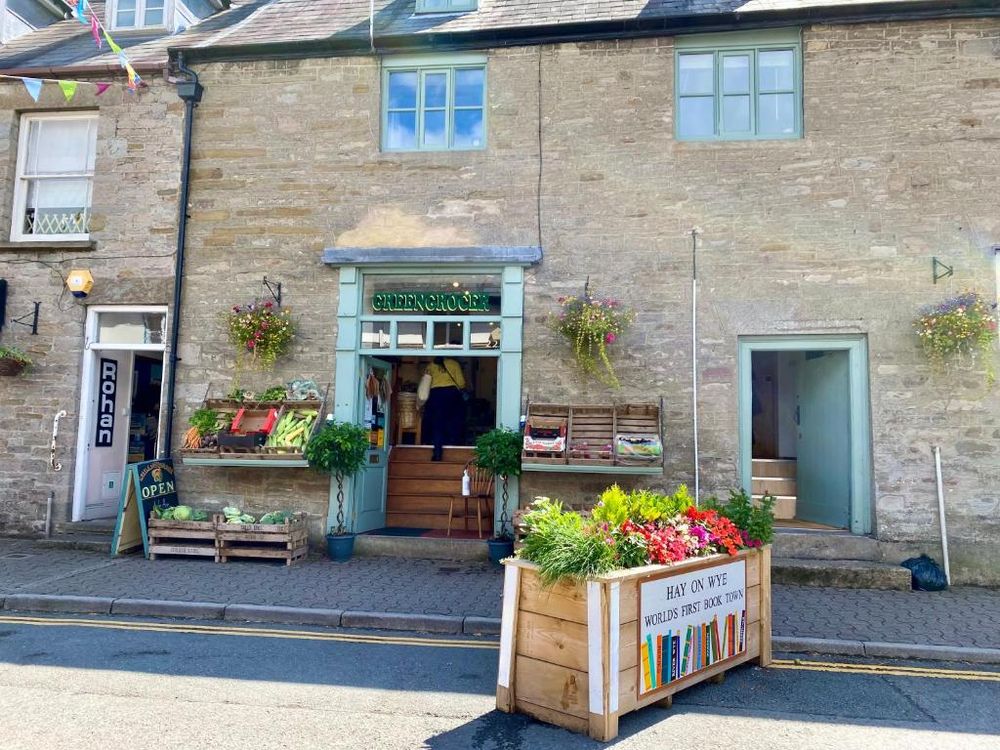 Wales
Wales
